- As a bridge expert in the Soviet Union, Xilin was sent to Northeast China in 1948 to help build railways and bridges
- Chinese elements have been immersed in the lives of the four generations of the Xilin family. I hope this sincere Chinese sentiment can be passed on forever
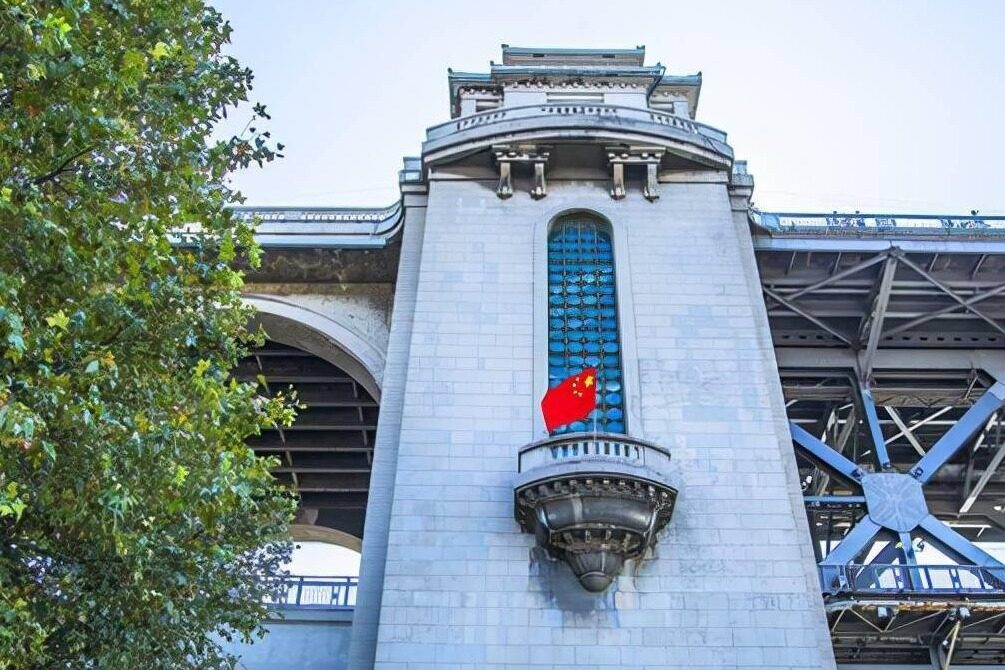
Construction of the Wuhan Yangtze River Bridge began in 1955, and with the assistance of Soviet experts, Chinese builders overcame numerous difficulties and opened it to traffic in 1957. In the Kalitnikov Cemetery in southeast Moscow, there is a black tombstone: on the front, there is a kindly smiling old man with a medal on his chest, and on the back, there is a bridge carved like a flying dragon crossing the river. Under the bridge, the sound of the mighty waves is heard. Here lies Konstantin Xilin, an expert on bridges aided by the Soviet Union and envoy of friendship to the Chinese people. On the back of the tombstone is the Wuhan Yangtze River Bridge, the first bridge on the Yangtze River that he participated in the design and construction of as the chief engineer.
This bridge opened the Xilin family's four generations of inheritance, lasting nearly 70 years of Chinese love.
Proudest work: Wuhan Yangtze River Bridge
In March, Moscow was still snowing from time to time, and reporters visited people in Xilin. Xilin's 76-year-old eldest daughter Ye Lianna and 68-year-old second daughter Anna opened the door and warmly welcomed them. The room is warm and tidy, with Chinese elements visible everywhere: Chinese paintings and calligraphic works are hanging on the walls, and Chinese books and souvenirs are placed on the bookshelf... The story of my father and China began very early and continues today. Ye Lianna spoke eloquently:
In 1948, Xilin was sent to Northeast China as a Soviet bridge expert to help build railways and bridges.
In 1949, Xilin served as a consultant to the Ministry of Railways of China, participating in the construction of roads and bridges for the Chengdu-Chongqing, Tianan-Lanzhou, and Lanzhou-Xinjiang railways, with footprints throughout the entire country.
In 1954, the Soviet government sent a team of 28 experts to Wuhan to assist in the construction of the bridge. Xilin served as the team leader and devoted all efforts to building the Wuhan Yangtze River Bridge until its completion in September 1957. During this period, Ye Lianna and Anna lived in China with their parents. Later, the Wuhan Yangtze River Bridge became the proudest work of Xilin's life.
The Wuhan Yangtze River Bridge is a favorite child of fathers and a bridge of friendship between the Xilin family and Chinese friends. Ye Lianna said. When she first arrived in China, Anna was only one month old. When she grew up, she inherited her father's mantle and became a bridge expert.
Anna introduced that the hydrological conditions of the Yangtze River are complex, and using the old method to repair the bridge is expensive, dangerous, time-consuming, and may cause harm to the health of workers. Therefore, her father proposed a "pipe string drilling method" that has not been used in the world. To demonstrate the new method, Xilin was repeatedly recalled to Moscow in response to various doubts and tests from other experts. Finally, the new method was approved and used in the construction of the Wuhan Yangtze River Bridge. The construction period of the bridge was fully advanced by 2 years, resulting in a significant reduction in cost. Since then, a bridge has flown from north to south, and the natural chasm has become a thoroughfare. New China has had the first bridge on the Yangtze River.
Zhao Yucheng, who worked with Xilin to build the Wuhan Yangtze River Bridge, once recalled that Xilin never paid attention to food and clothing, but was extremely serious and strict in his work. He was truly a person with the spirit of communism and internationalism.
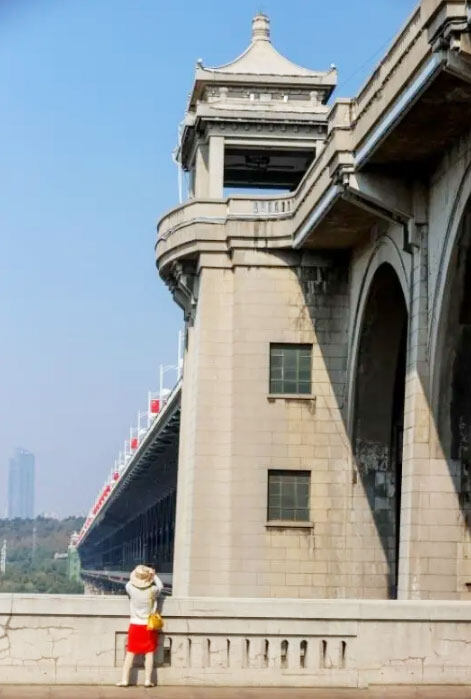
Yu Qixin, former deputy chief economist and bridge history expert of China Railway Bridge Bureau, said that in the year when the Wuhan Yangtze River Bridge was completed, many ordinary people named newborns "Wuqiao" and "Jiangqiao". In recognition of Xilin's contribution, the State Council of China awarded him a letter of thanks signed by Premier Zhou Enlai. On the monument of the Wuhan Yangtze River Bridge, the achievements of 28 Soviet experts such as Xilin are inscribed in gold bronze characters. In 1995, the China Association for Friendship with Foreign Countries awarded him the title of ambassador of friendship to the people.
Anna said, "My father has a very special affection for China.". "Every time I come back from China, my father always speaks excitedly with joyful eyes and expressions, saying that he loves the Chinese people very much.". Even though his father later became old and seriously ill, he still happily went to China to visit the bridges and people he loved so much.
Heir to grandpa's will
Before his death, Xilin hoped that his descendants could learn Chinese and inherit the cause of friendship between the two countries. To fulfill his wish, Yelena's daughter, Yekaterina, took Chinese as an elective course while studying at Moscow State University, continuing her grandfather's predestination with China. Yekaterina has been to China for further studies many times and can speak fluent Chinese. Her research topics are mostly related to China's ecology and environmental protection. Currently, she teaches courses related to Chinese geography, culture, and economy at Moscow University and Russian National Humanities University, leading more students to come closer to China.
In 1996, Yekaterina went to Wuhan to receive Chinese language training. She first witnessed the Wuhan Yangtze River Bridge that Grandpa missed day and night, and felt the gratitude and yearning of the local people for Xilin. Yekaterina brought in a thick stack of materials, all of which were photos, newspapers, and letters from Xilin about China. She classifies all information by subject and age, scans and stores it in electronic format for fear of loss or damage.

"She carefully took out two photos and said, 'This is a group photo of Grandpa and his Chinese colleagues, and this photo is a group photo of Grandpa and some of his colleagues who visited China 30 years later.'". Over the past 30 years, photos have changed from black and white to color, and Xilin has changed from a young man to a bald head. What remains unchanged is his sincere smile and sincere friendship with his Chinese friends. These are spontaneous letters written by Chinese people to my grandfather. Although they do not know Grandpa, they are all very grateful for his contributions to China. Letters come from all walks of life and are written by people from all walks of life.
Open a letter and write in beautiful handwriting: "Dear Uncle Xilin, how are you lately?"? Are your studies and work going well When we saw the almost unbelievable news in the Shaanxi Youth Daily that the Yangtze River Bridge was officially opened to traffic on October 15th of this year, we felt extremely happy at that time... The success of the Yangtze River Bridge was inseparable from your personal guidance and selfless work day and night... The signature was: Your good young man, the second group branch of Chengcheng Middle School in Shaanxi Province, November 5th, 1957.
The letter is well preserved, and if it weren't for the date on the postmark to testify, it would be difficult to believe that it was an object more than 60 years ago. Yekaterina, who is proficient in Chinese, understands the feelings of Chinese people towards her grandfather better than others in her family through the sincere words in the letter, and decides to pass on this love to the next generation. Chinese is the world's largest language and the language of the future. The friendship between China and Russia has a long history. I hope my two daughters will also learn Chinese. She said.
The Chinese sentiment passed down from generation to generation
The eldest daughter of Yekaterina, Nasja, is 19 years old and has just entered the first year of the Asian African Academy of Moscow State University. When I was young, my mother taught me Chinese. When I was admitted to college, I originally wanted to choose a Chinese major, but unfortunately, I didn't get enough marks and eventually learned Thai. Speaking of her Chinese dream, Nasjia felt a bit regretful. I want to resume learning Chinese because Chinese is really beautiful and interesting! I love calligraphy and writing Chinese characters! She showed her Chinese character book to reporters, writing each stroke with a pattern and style.
One year, I wanted to give my mother a birthday gift, so I tried to draw a Chinese painting myself. Naska took out her maiden work, "Glad Eyes", and on the drawing paper, a magpie stood on a branch of a plum tree, with both spirit and shape, and three Chinese characters written next to it: Be Happy.
At the ages of 6 and 12, Nasjia traveled to China with her family. I love China so much! I like Chinese food very much, some of them are very spicy, but I like them! "I also like the natural scenery and cultural architecture of China," Nasjia said. In the morning, my grandmother and I danced square dances to music, which had a special atmosphere. After dancing, we went to have breakfast again. It was so delicious, and Chinese food was unforgettable! "Nasjia said, and then went back to eat it. The Xilin family laughed.".
Which Chinese city do you want to live in? The reporter's question baffled Nasjia. She first spoke about Beijing, and her mother asked, "What about Shanghai?"? Nasjia hesitated and was thinking about whether to switch to Shanghai when her aunt Anna suggested, "Why not go to Chengdu?"? It's just that you like spicy food. The family laughed again as they watched Nasjia's dilemma. Keywords: the Belt and Road news, the Belt and Road project, overseas project news
The only one who didn't laugh was Yekaterina's 9-year-old daughter Sasha. Little Sasha is not happy because the whole family has been to China, only she hasn't. Sasha knows a bit of simple Chinese and loves giant pandas very much. She goes to the Moscow Zoo to see giant pandas at least once a month. She has many giant panda toys at home. I really want to go to China. Sasha said, "Our family celebrates the Chinese New Year every year, getting together to eat Chinese food cooked by our mother, and watching the Chinese Spring Festival Gala.".
"A bridge, two countries' friendship, and four generations of inheritance, the Xilin family has witnessed the friendship between the Chinese and Russian people.". "Yekaterina said, 'Chinese elements have been embedded in every aspect of my family's life. I hope that my children can continue to inherit this sincere Chinese sentiment.'".Editor/Ma Xue
Comment
 Praise
Praise
 Collect
Collect
 Comment
Comment
 Search
Search



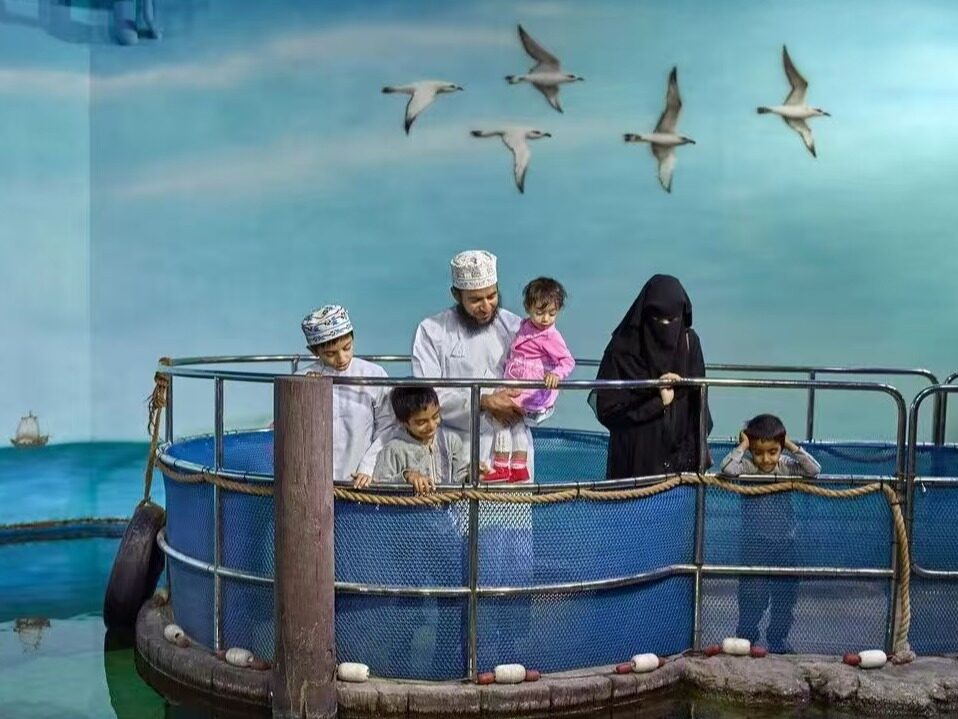

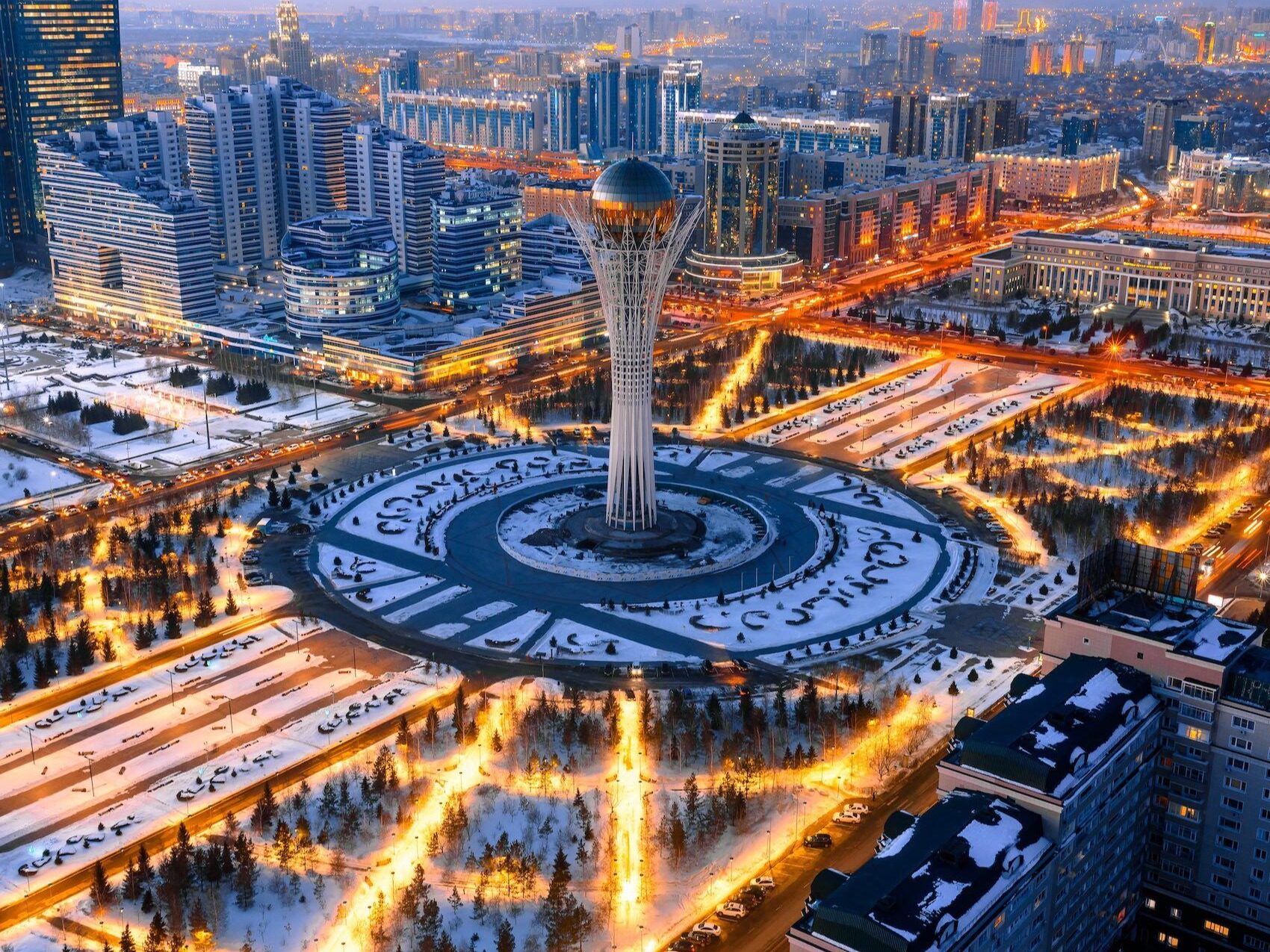
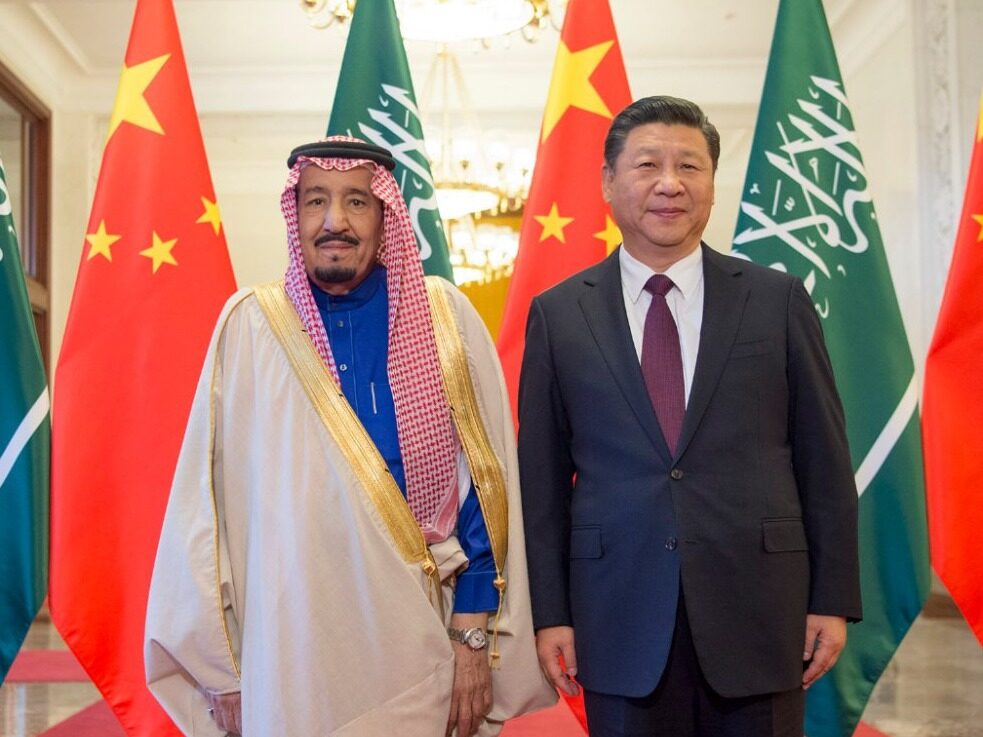







Write something~